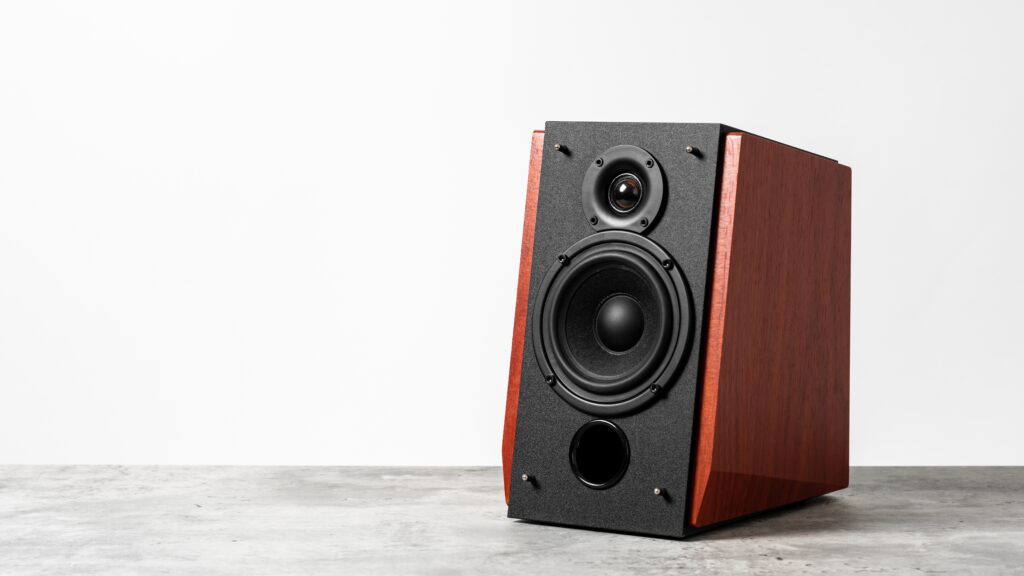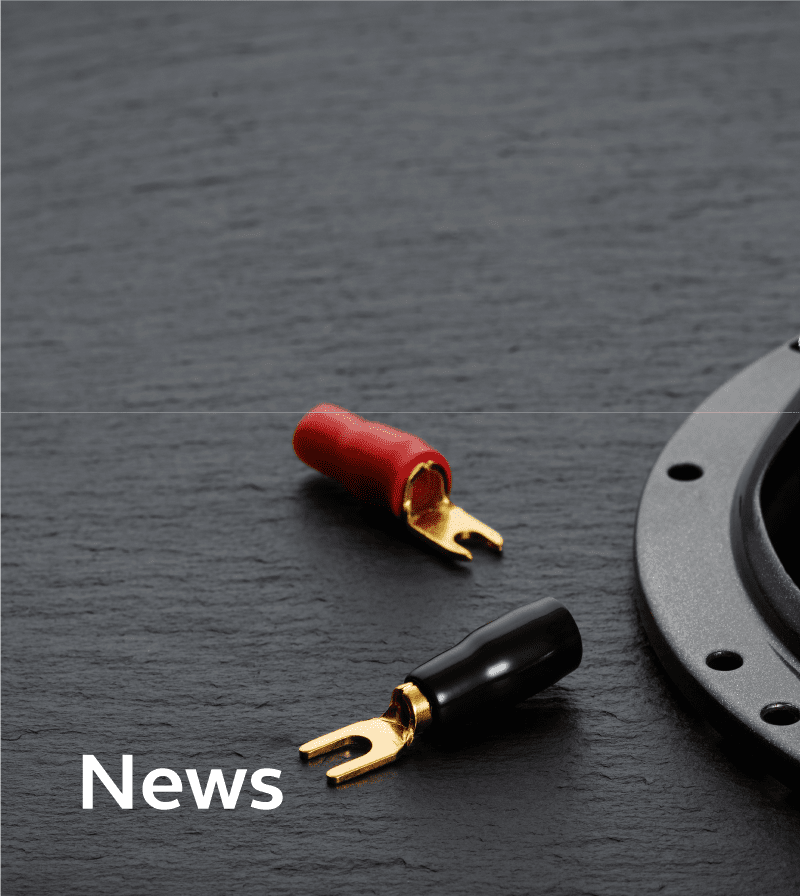
What is a Tweeter?
A tweeter is a specialized loudspeaker driver that reproduces the high-frequency sounds in an audio system, typically ranging from 2,000 Hz to 20,000 Hz. These high frequencies, often referred to as treble, include sharp, crisp sounds like cymbals, violins, and high-pitched vocals. Tweeters are essential in delivering clarity and detail to music, ensuring a well-balanced and immersive listening experience. Without tweeters, the upper range of audio frequencies would be lost, making music sound flat and lifeless.
How Does a Tweeter Work?
Tweeters work by converting electrical audio signals into sound waves. The core component is a voice coil attached to a diaphragm, which is suspended within a magnetic field. When the electrical current flows through the voice coil, it creates a variable magnetic field that interacts with the fixed magnetic field of the tweeter. This causes the diaphragm to vibrate rapidly, generating high-frequency sound waves. The diaphragm’s shape, material, and construction affect how efficiently the tweeter produces sound, with common materials including silk, aluminum, and polyester.
What Do Tweeters Do?
Tweeters are responsible for reproducing the highest range of frequencies in an audio system, often referred to as treble. These high-pitched sounds give music its crispness, allowing you to hear details like the shimmer of cymbals, the nuances of a singer’s voice, or the brightness of string instruments. Tweeters also contribute to stereo imaging, helping to create the perception of spatial sound, where different instruments and vocals seem to come from distinct positions in the soundstage. This makes your music sound more lifelike and immersive.
Different Types of Tweeters: Which One Suits Your Needs?
There are several types of tweeters, each with unique characteristics:
- Dome Tweeters: The most common type, with a dome-shaped diaphragm. They offer wide sound dispersion and a smooth, natural treble response, making them a good all-around choice for home and car audio systems.
- Ribbon Tweeters: Known for their accuracy, ribbon tweeters use a thin metal ribbon to produce sound. They deliver detailed high frequencies but are more fragile and expensive.
- Planar Magnetic Tweeters: These tweeters use a flat diaphragm and provide low distortion with excellent sound detail. They are ideal for audiophiles but can be costly.
- Horn Tweeters: Featuring a horn-like design, these tweeters are highly efficient and capable of producing very loud sounds, making them ideal for large spaces or live performances.
- Electrostatic Tweeters: Utilizing electrostatic forces to move a diaphragm, these tweeters deliver highly transparent and detailed sound, though they tend to be more delicate and expensive.
How to Choose the Right Tweeters for Your Sound System
When selecting tweeters for your sound system, consider factors like the type of audio you enjoy and your listening environment.
Consider Your Listening Environment
The space where you’ll use your audio system greatly impacts the type of tweeters you should choose. For large rooms or outdoor setups, horn tweeters work best due to their efficiency and loudness. In smaller spaces, dome tweeters provide smooth, balanced sound with wide dispersion.
Match Impedance and Power Handling
Ensure the tweeters you choose are compatible with your audio system’s impedance and power handling. Mismatched impedance can cause uneven sound levels or damage your equipment. Most tweeters range between 4-8 ohms, so check your system’s requirements before purchasing.
Choose the Right Tweeter Type
Different types of tweeters suit different needs. Dome tweeters are versatile and affordable, great for general use. Ribbon and planar magnetic tweeters deliver highly detailed sound but can be fragile and expensive. Horn tweeters are ideal for loud, dynamic audio settings.
Prioritize Sound Quality
For audiophiles, sound quality is paramount. Silk dome tweeters provide smooth, warm sound, while aluminum tweeters offer a brighter, sharper tone. If you prefer a more neutral, natural sound, planar magnetic or ribbon tweeters may be your best choice.
Budget Considerations
Your budget will also influence your choice. Dome tweeters offer excellent performance at a relatively low price. However, if you’re willing to invest more, ribbon or AMT tweeters provide superior sound quality, though they come with a higher price tag.
Elevate Your Audio with the Right Tweeter
The right tweeter can dramatically enhance your audio experience by delivering clear, crisp, and detailed high frequencies. Whether you’re upgrading your home stereo, car audio system, or studio setup, choosing the appropriate tweeter based on your needs and preferences ensures you capture the full range of sound. With options like dome, ribbon, and horn tweeters available, there’s a solution for every audio enthusiast. Invest in quality tweeters, and elevate your listening experience to new heights, enjoying music the way it was meant to be heard.



